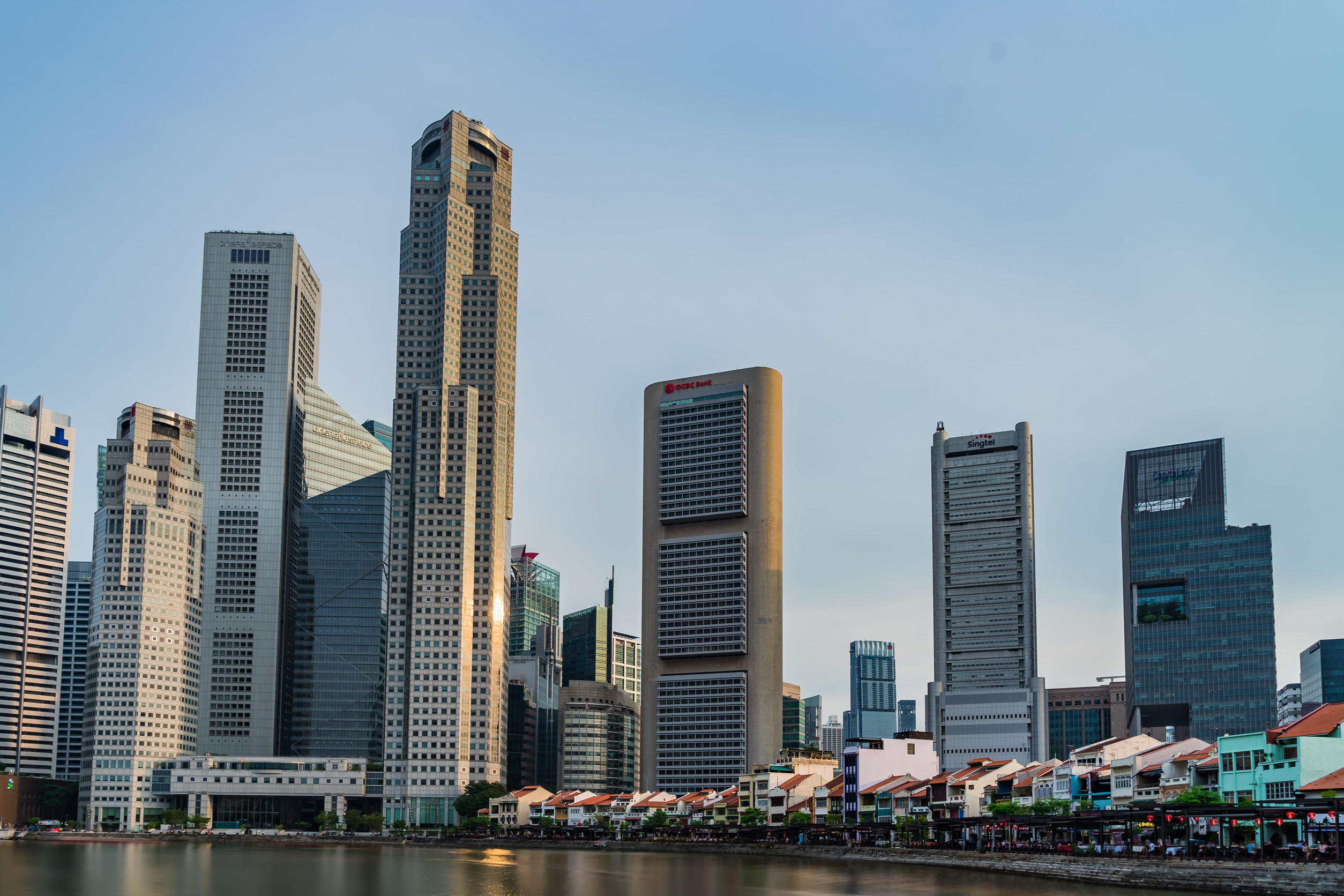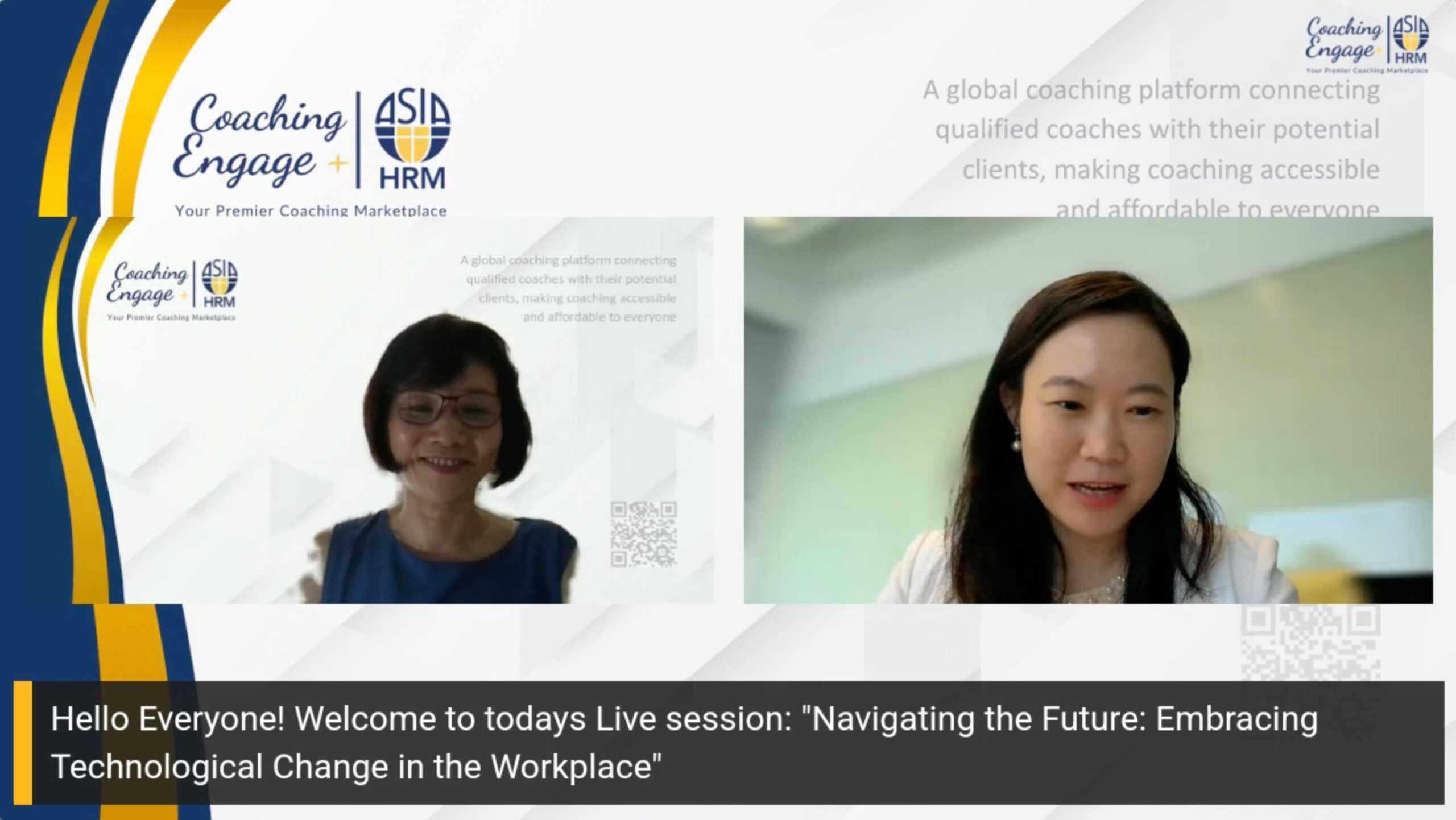Singapore’s labour market shows signs of cooling amid global trade tensions
- Josephine Tan
- Topics: Home Page - News, Mobility, News, Singapore

Singapore’s labour market softened slightly in Q1 2025, with employment growth slowing and unemployment edging up amid rising global trade tensions that have dampened business sentiment.
According to preliminary data released by the Ministry of Manpower (MOM), total employment grew by 2,300 between January and March, a marked decline from the seasonal increase of 7,700 in the previous quarter and down from 3,200 in the same period a year ago. MOM attributed the slowdown to smaller increases in employment among both residents—Singaporeans and permanent residents—and non-residents.
The resident unemployment rate rose marginally to 2.9% in March, up from 2.8% in December 2024. Among Singaporeans, the seasonally adjusted unemployment rate held steady at 3.1% in March, though it remained above the 2.9% recorded at the end of last year. Despite the uptick, unemployment rates remain below recessionary levels historically observed in Singapore.
In a separate report, the Monetary Authority of Singapore (MAS) warned of further softening in the labour market. “As organisations pull back on their hiring and expansion plans amid economic uncertainty, employment growth for most sectors should step down from last year,” the MAS said in its April macroeconomic review. It added that slower wage growth could be expected as labour demand moderates.
READ MORE: Singapore sets up national taskforce to safeguard jobs amid US tariff impact
Retrenchments fell slightly in Q1 2025, with 3,300 layoffs recorded, down from 3,680 in the previous quarter. This translates to 1.3 retrenchments per 1,000 employees, compared to 1.5 previously. MOM noted that most layoffs were attributable to business reorganisation or restructuring, while retrenchments linked to industry downturns remained limited.
The services sector, a major contributor to Singapore’s economy, has come under pressure. MAS highlighted that external uncertainties and subdued domestic spending have weighed on employment in industries such as retail, food and beverage, and infocommunications. Nevertheless, productivity appears to be improving, with organisations consolidating operations and econmising on labour inputs.
The Progressive Wage Credit Scheme has also played a role in alleviating unit labour cost pressures, although MAS cautioned that a sharper-than-expected decline in labour demand could lead to more visible slack in the job market later this year.
Resident employment continued to expand in the healthcare, social services, and financial services sectors. However, declines were reported in outward-facing industries such as professional services, manufacturing, and information and communications.
Chan Han Teng, Senior Economist at DBS Bank, pointed out that manufacturing employment fell by 800 in the first quarter, while retrenchments in the sector rose for the second consecutive quarter to 900. Employment in the retail trade sector also declined as seasonal hiring from the year-end festivities tapered off.
MOM said the moderation in employment growth and slight increase in unemployment “mirror the deterioration” in Singapore’s economic outlook during the first quarter, citing heightened global trade conflicts as a key driver. Business sentiment has weakened, with fewer employers expecting to hire or raise wages over the next three months compared to the end of 2024.
Chua warned that escalating protectionist measures—particularly those linked to evolving US tariff policies—could further strain Singapore’s trade-related sectors. “We expect the resilience of Singapore’s labour market to be increasingly tested in the coming months,” he said, reported The Straits Times.






